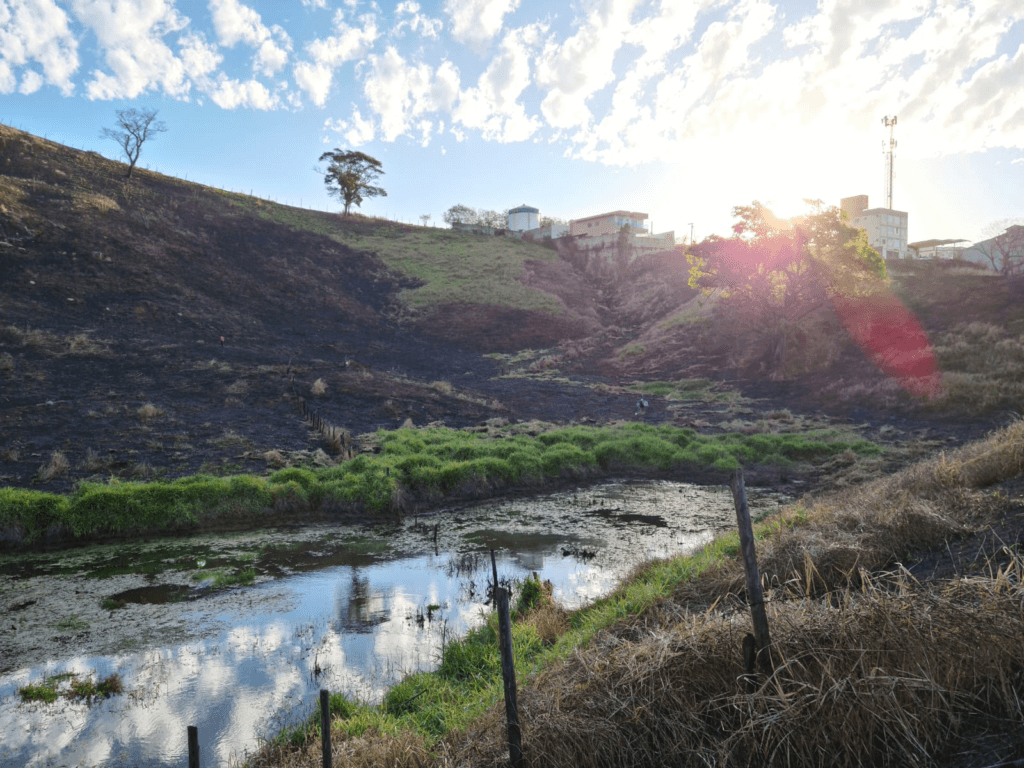Start complementary characterization of the riverside fishing activity
Porto Central began the research phase of the complementary characterization of the riverside fishing activity carried out in the Alagados do Itabapoana, in the stretch covered by the municipalities of Presidente Kennedy (ES) and São Francisco de Itabapoana (RJ). The work continues in the field after the training of the responsible researchers, carried out in early September, in Marobá, district of Presidente Kennedy.
This is yet another stage of participatory and collective construction for knowledge and recognition of the cultural and economic significance of riverside activity, in the municipalities of the Direct Influence Area (AID) of Porto Central, for society across the region.
All researchers are locals, one of whom is a fisherman from Alagados from Itabapoana. Fishermen orientation training was carried out by AquaBioOcean, speciliazed in fisheries monitoring and compensation. The company is hired by Porto Central to carry out the monitoring of fishing landings, which monitors fishing production in its area of influence of marine fishing, and also to conduct the process of dialogue and definition with the fishing communities of the Activity Compensation Plan Pesqueira, the PCAP, which will begin its effective execution before the start of the marine works.
This same company was contracted by Porto Central to carry out the complementary characterization of the riverside fishing activity. Among the objectives is to define the way in which the unloading of freshwater fishing production will be monitored, which should, ahead and before any intervention to the west of the ES-060, mark out the Specific PCAP of the Fishing Community Ribeirinha dos Alagados do Itabapoana.
The complementary characterization of the riverside fishing activity involves, among other efforts, the identification of the ways in which fishing resources are used, the gear used to catch fish, the yield and the species captured. This information is being captured by listening and applying questionnaires in the communities covered, and the content of these was submitted to the knowledge and evaluation of the interested parties.

